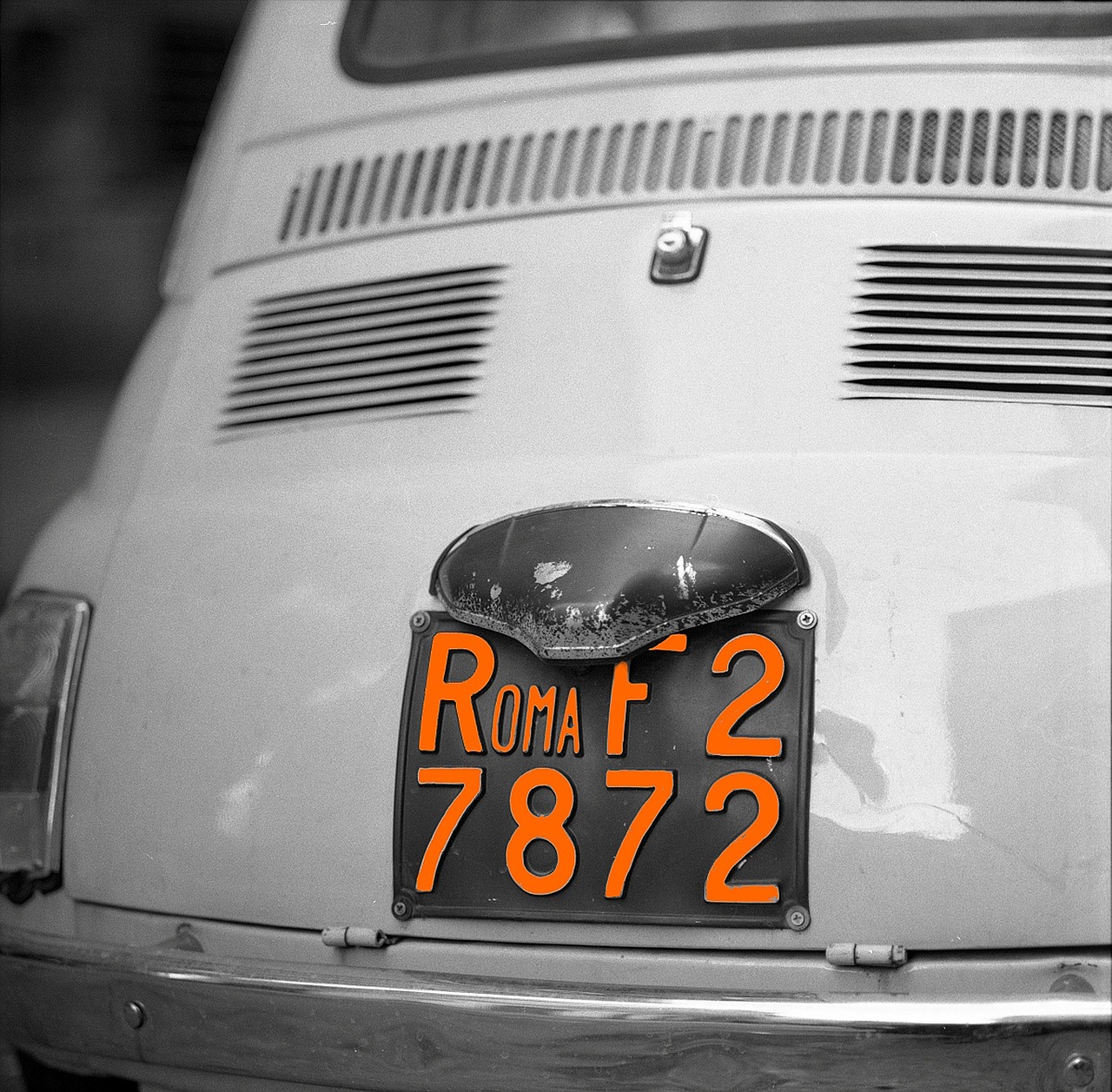Things to do in Rome
Walk through Ancient Rome. A vast, almost unified archaeological park cuts through the centre of Rome. There are walking tours you can join, but it’s sometimes more fun to simply wander on your own and let yourself get lost in the very streets where Julius Caesar and Lucrezia Borgia once trod. A slice of history is guaranteed to reveal itself to you at every turn: an ancient fountain, a long-forgotten statue, a ruined temple dedicated to some long-faded cult. If you wander long enough, you’ll eventually emerge onto Piazza della Rotunda to stare in awe at one of Rome’s most glorious sights, the Pantheon.
The Pantheon – The world’s best-preserved ancient monument is now a hot spot, especially at night. The Pantheon has become a symbol of Rome itself, go inside to inspect the tomb of Raphael, who was buried here in 1520.
Take a Sunday Bike Ride – Only a daredevil would try this on city streets on a weekday, but on a clear Sunday morning, while Romans are still asleep, you can rent a bike and discover Rome with your own two wheels. The Villa Borghese is the best place to bike. Its 6.5km (4-mile) borders contain a world unto itself, with museums and galleries, a riding school, an artificial lake, and a grassy amphitheater.
Enjoy Roma di Notte – At night, ancient monuments, such as the Forum, are bathed in a theatrical white light; it’s thrilling to see the glow of the Colosseum with the moon rising behind its arches. Begin your evening with a Roman passeggiata (early evening stroll) along Via del Corso or Piazza Navona.
Attend the Opera – The Milanese claim that Roman opera pales in comparison with La Scala, but Roman opera buffs, of course, beg to differ. At Rome’s Teatro dell’Opera, the season runs between December and June, and programs concentrate on the classics: Bellini, Donizetti, Puccini, and Rossini.
Stroll Along the Tiber – Without the Tiber River, there might have been no Rome at all. A key player in the city’s history for millennia, the river flooded the capital every winter until it was tamed in 1870. Not only can you walk along the river from which Cleopatra made her grand entrance into Rome, but you’ll also see the riverside life of Trastevere.
Spending a Day on the Appian Way – Dating from 312 BC, the Appian Way (Via Appia) once traversed the whole peninsula of Italy and was the road on which Roman legions marched to Brindisi and their conquests in the East. One of its darkest moments was the crucifixion in 71 BC of the rebellious slave army of Spartacus, whose bodies lined the road from Rome to Capua.
Savour Gelato on a Summer Afternoon – Having a gelato on a hot summer day is worth the wait through the long winter. Tubs of homemade ice cream await you in a dazzling array of flavours: everything from candied orange peels with chocolate to watermelon to rice. Gelaterie offer semi-freddi concoctions (made with cream instead of milk) in such flavours as almond, marengo (a type of meringue), and zabaione (or zabaglione, eggnog). Seasonal fresh fruit is made into ice creams of blueberry, cherry, and peach. Granite (crushed ice) flavoured with sweet fruit is another cool delight on a sultry night.
Walk from Fountain to Fountain – On summer nights you’ll find Romans, especially those who live in crowded apartments without air-conditioning, out walking from fountain to cooling fountain. Every visitor makes at least one trip to Bernini’s fountain on Piazza Navona, after stopping off at the Trevi Fountain to toss in a coin (thus ensuring their return to Rome), but there are hundreds more.
Explore the Colosseum – Half circus, half sports arena, Rome’s most famous classical ruin is unmissable, especially now that they have extended the visitor route to the underfloor passageways, through which gladiators and wild beasts made their entrances. The massive arena, officially called the Amphiteatrum Flavium, was inaugurated in 80 AD, and seated well over 50,000 people in neatly arranged stands: emperor, aristos and Vestal Virgins sat at the front; plebs, slaves and all the other women up at the top.

